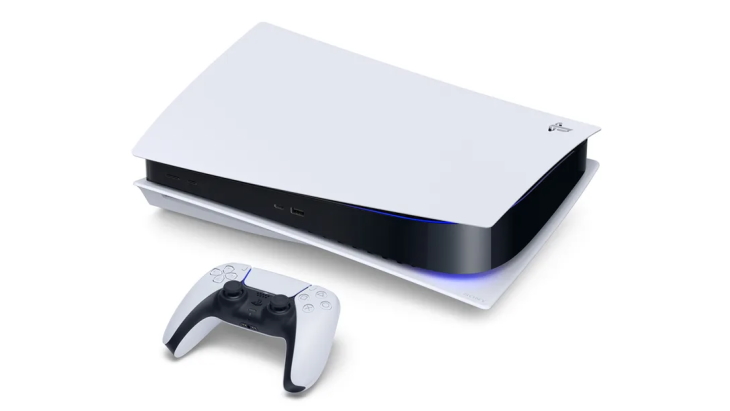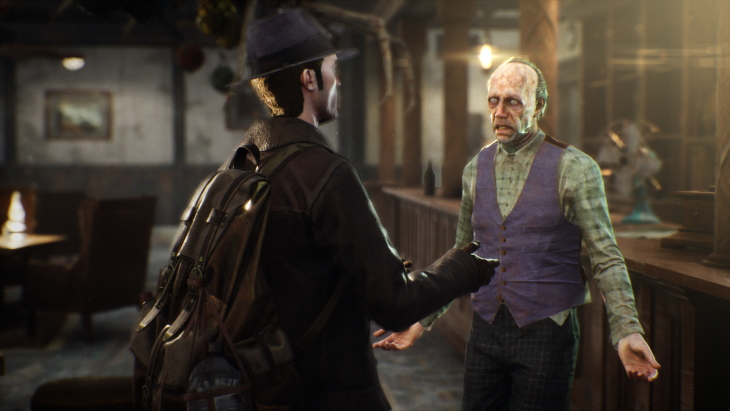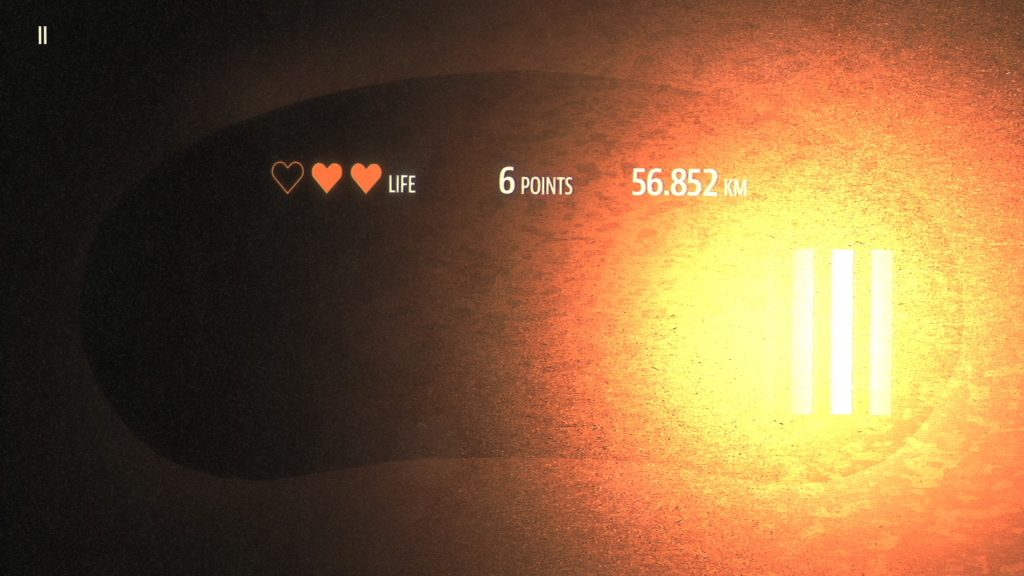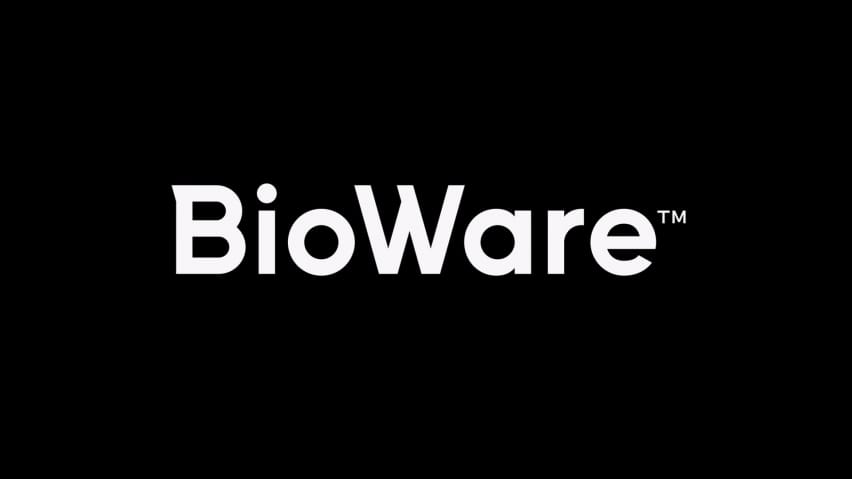

It’s a time of change, of transition. With the arrival of the next generation consoles, the scale, scope and ambition of game developers will move onto the next level – and today, Nvidia revealed its new RTX 3000 line of graphics hardware, promising the biggest generational leap it’s ever delivered, along with twice the ray tracing performance. This year, I’ve been privileged to have had exclusive access to next-gen architects and even hardware and I’m happy to say that I’ve also had early access to the new GeForce RTX 3080 – in fact, the card has been with me since late last week. So the question is, just how fast is it?
Full disclosure: I can bring you the results of key tests today, but there are caveats in place. Nvidia has selected the games covered, for starters, and specified 4K resolution to remove the CPU completely from the test results and in all cases, settings were maxed as much as they could be. The games in question are Doom Eternal, Control, Shadow of the Tomb Raider, Battlefield 5, Borderlands 3 and Quake 2 RTX. Secondly, frame-time and frame-rate metrics are reserved for the reviews cycle, meaning our tests were limited to comparisons with RTX 2080 (its last-gen equivalent in both naming and price) and differences had to be expressed in percentage terms, meaning some slight re-engineering of our performance visualisation tools. This work actually proved valuable and the new visualisations will be used elsewhere in our reviews – differences in GPU power do tend to be expressed as percentages, after all.
Before we go into the results, a word on the card itself. I received a full retail sample of the Nvidia Founders Edition and the form factor and industrial design is on another level compared to its previous efforts, and there’s a fascinating cooling arrangement, with fans on either side pulling air across the board for optimal cooling. The 12-pin power input is confirmed – smaller and more discreet than I expected. Bespoke cables for your power supply will be needed for a tidy look to your build but in the here and now the bundled 12-pin to dual 8-pin adapter will do. Ports consist of the usual three DisplayPorts plus there’s a single HDMI 2.1 – opening the door to 4K 120fps gaming on supported TVs, as well as 8K 60 output.
It’s a time of change, of transition. With the arrival of the next generation consoles, the scale, scope and ambition of game developers will move onto the next level – and today, Nvidia revealed its new RTX 3000 line of graphics hardware, promising the biggest generational leap it’s ever delivered, along with twice the ray tracing performance. This year, I’ve been privileged to have had exclusive access to next-gen architects and even hardware and I’m happy to say that I’ve also had early access to the new GeForce RTX 3080 – in fact, the card has been with me since late last week. So the question is, just how fast is it?Full disclosure: I can bring you the results of key tests today, but there are caveats in place. Nvidia has selected the games covered, for starters, and specified 4K resolution to remove the CPU completely from the test results and in all cases, settings were maxed as much as they could be. The games in question are Doom Eternal, Control, Shadow of the Tomb Raider, Battlefield 5, Borderlands 3 and Quake 2 RTX. Secondly, frame-time and frame-rate metrics are reserved for the reviews cycle, meaning our tests were limited to comparisons with RTX 2080 (its last-gen equivalent in both naming and price) and differences had to be expressed in percentage terms, meaning some slight re-engineering of our performance visualisation tools. This work actually proved valuable and the new visualisations will be used elsewhere in our reviews – differences in GPU power do tend to be expressed as percentages, after all.Before we go into the results, a word on the card itself. I received a full retail sample of the Nvidia Founders Edition and the form factor and industrial design is on another level compared to its previous efforts, and there’s a fascinating cooling arrangement, with fans on either side pulling air across the board for optimal cooling. The 12-pin power input is confirmed – smaller and more discreet than I expected. Bespoke cables for your power supply will be needed for a tidy look to your build but in the here and now the bundled 12-pin to dual 8-pin adapter will do. Ports consist of the usual three DisplayPorts plus there’s a single HDMI 2.1 – opening the door to 4K 120fps gaming on supported TVs, as well as 8K 60 output.Read moreEurogamer.net




